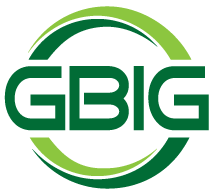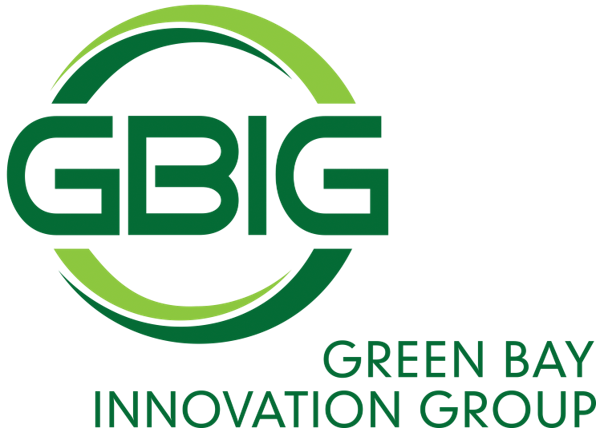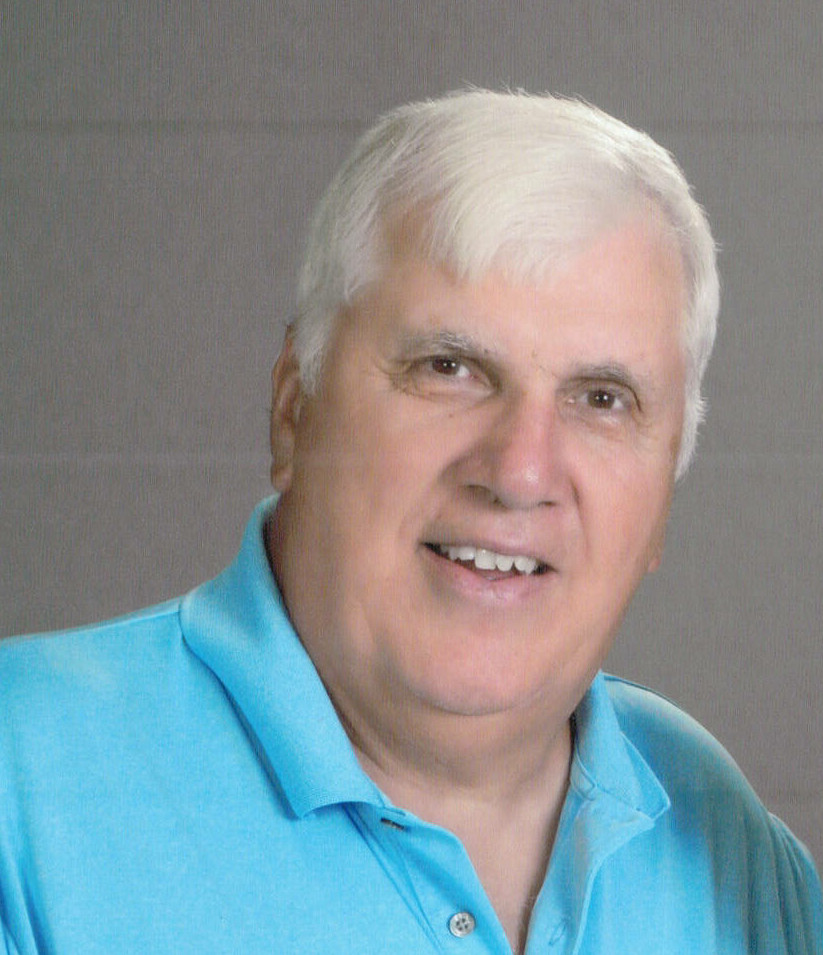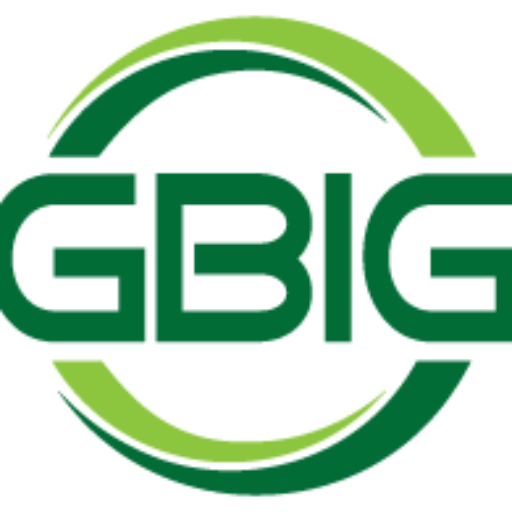
Attention: Executive Director, Program Development and Engagement Division, Department of the Environment, Gatineau, Quebec K1A 0H3
Re: Public Comment on Draft State of Per- and polyfluoroalkyl Substances Report (PFAS) Report, Canada Gazette, Part I: Vol. 15 7, No.20- May 20,2023.
It is with great respect to the Executive Director, Program Development and Engagement Division, for the Department of the Environment that we provide the following response to the Draft PFAS Report of the Canada Gazette, Part I, Vol.15 7, No.2-May 20, 2023. As the Director of the Polymer and Food Protection Consortium located at Iowa State University in Ames, IA USA, I lead a group of scientists focused on packaging design, safety, and performance. Our research group has been working on packaging related research for over a decade and is globally recognized with funded research from over 20 industry partners including multinationals, Institute for the Advancement of Food and Nutrition Sciences (IAFNS), US Department of Energy, US Food and Drug Administration, and US Department of Agriculture. Our team has been credited with advances in food packaging with over 70 peer-reviewed publications and 5 patents.
In response to the Draft PFAS Report of the Canada Gazette, Part I, Vol.15 7, No. 2-May 20, 2023 we respectfully request the following considerations when establishing policy related to PFAS management. These considerations are the culmination of research and outreach activities through our public and private engagements. A brief description is provided below with a more detailed description following.
Overarching Comments:
- Educate on the need for a validated test method for screening of products for intentional or unintentional PFAS compounds.
- Provide data on the background contamination of PFAS in food packaging when setting thresholds (intentionally added versus unintentional). To date very little data has been collected on levels of PFAS in various packaging materials including paper, plastic, biobased, metal, or composites.
- Provide data on the PFAS contamination levels in recycled resins. Little or no data is currently available on recycled and landfill divereted materials and PFAS contamination.
- Provide industry guidance for PFAS that will prioritize specific applications of PFAS compounds considered “at risk packaging” for regulatory enforcement instead of blanket ban in the absence of data as previously identified.
Detailed Comments and Discussion
(Colleges of Agriculture and Life Sciences and Human Sciences)
- Educate on the need for a validated test method for screening of packaging for intentional or unintentional PFAS compounds.
No validated test method currently exists for sample preparation and screening of packaging for PFAS compounds. Our research group has been collaborating with other academic units, and industry labs to develop screening methods to aid the industry and regulators on methods for screening packaging materials. One promising method includes the use of total fluorine, and total organic fluorine, as an indicator of PFAS1,2. This method has been peer-reviewed and published and is cost effective with a total analysis time of less than 4 hours. However, this method has not been evaluated by regulatory agencies and will need appropriate education and training. Other methods such as Particle Induced Gamma Emission (PIGE) or Nuclear Magnetic Resonance (NMR)3,4,5,6 have shown promise but are either not cost effective or scalable for widespread adoption. A standard screening method is necessary to understand exposure and enforcement of PFAS in packaging and products. This is currently missing with further research desperately needed5,6,7. It is important to distinguish the difference between detection in water samples and complex solid samples such as packaging. Most standard methods were developed based on water sampling and do not directly translate to composite solid samples where more steps are involved such as sample preparation, clean-up, size reduction, and separation8,9. To date, there is no standard method for sample preparation or detection in packaging and food contact materials. Research supported by private and public partnerships is needed to develop and validate standard methods to ensure consistent data across multiple testing labs to facilitate science based regulatory policy. - Provide data on the background contamination of PFAS in food packaging when setting thresholds (intentionally added versus unintentional).
To date very little data has been collected on levels of PFAS in various packaging materials including paper, plastic, biobased, metal, or composites.
All packaging types are likely to contain some level of background PFAS due to environmental contamination and not intentionally added by manufacturer or brand owner. As previously discussed, in the absence of validated and standardized test methods for wide- spread adoption by stakeholders such as manufacturers, regulators, and brand owners, there is little scientific data to currently support threshold levels in packaging product and food contact materials such as recovered, biobased, and landfill diverted materials. Current thresholds have been established based on suggested or most likely risk scenarios or exposure levels. These levels have been established by organizations such as Biodegradable Products Institute (BPI), and Danish Veterinary Food Administration (DVFA) at 100 ppm and 20 ppm for total organic fluorine (TOF) respectively10,11,12,13,14. In the absence of survey data on levels of PFAS compounds in plastics, recovered paper, and paperboard packaging, coupled with no standard test methods for sample preparation and/or rapid screening, it is difficult to establish reasonable threshold levels with research desperately needed to fill these data gaps. - Provide data on the PFAS contamination levels in recovered or recycled plastics. Little or no data is currently available on recycled and landfill diverted materials and PFAS contamination.
To date there has not been a single published study on the levels of PFAS in recycled or recovered plastics in the US or Canada. Limited studies have been done on direct fluorination of Colleges of Agriculture and Life Sciences and Human Sciences containers for rigid packaging for chemical storage, cleaners, and containers containing pesticide15. Historically, plastic processing aids and performance additives have been used in flexible packaging to improve clarity and flow characteristics during manufacturing complicating analysis of recycled resins. No studies have been done on recovered, recycled, or landfill diverted materials with most US and Canadian regulatory agencies establishing policies for increased use of recycled and recovered materials. This data gap presents a significant challenge when determining threshold levels in packaging containing recovered, recycled, and landfill diverted material. In the absence of data, it is uncertain how scientifically based data decision making can be done when establishing regulatory levels. There is a critical and immediate need to collect this data in support of science and data-based policy when establishing target or threshold levels. - Provide industry guidance for PFAS that will prioritize specific applications of PFAS compounds considered “at risk packaging” for regulatory enforcement instead of blanket ban in the absence of data as previously identified.
Establishing an analytical technique for total fluorine and organic fluorine measurements is critical to ensuring the safety of all packaging products and food-contact materials16,17,18,19. Currently, there are greater than 9000 PFAS or Forever Chemicals that do not exist in natures. Given the diversity and large numbers of PFAS compounds, measuring levels of contaminants in packaging is challenging and complex for low level detection in parts per billion (ppb) and parts per quadrillion (ppq). In some cases this low-level detection can be traced back to environmental contamination and not the packaging manufacturer or converter. As previously stated, little to no work has been published on PFAS levels in packaging from environmental contamination or recycled, recovered, and landfill diverted materials. This data gap must be bridged to provide meaningful, impactful, and achievable goals for reduction of PFAS compounds in the environment. Categorization and enforcement of known problematic and “at risk” packaging applications will provide a rapid reduction in overall PFAS concentrations going into the environment, recovery operations, and landfills. This categorization will also allow “at risk scenarios” and priority enforcement while more data is collected on unknown concentrations of PFAS in packaging such as recycled plastic and paper-based products. It is difficult to conceive regulatory enforcement in the absence of standardized screening methods for packaging and baseline contamination data to drive threshold limit values. Once this data has been collected then meaningful data will support regulatory efforts of compliance for manufacturers and converters.
Thank you again for the opportunity to provide comments on the Draft PFAS Report of the Canada Gazette, Part I, Vol.15 7, No.2-May 20, 2023. The Iowa State University Polymer and Food Protection Consortium is evaluating multiple strategies for the removal of PFAS compounds in the environment and packaging. Please feel free to contact me if I can be of further assistance and welcome any discussion or opportunity for collaboration.
Keith Vorst, Ph.D.
Director
Polymer and Food Protection Consortium
Iowa State University
kvorst@iastate.edu
515-294-6957
https://pfpc.cals.iastate.edu/











